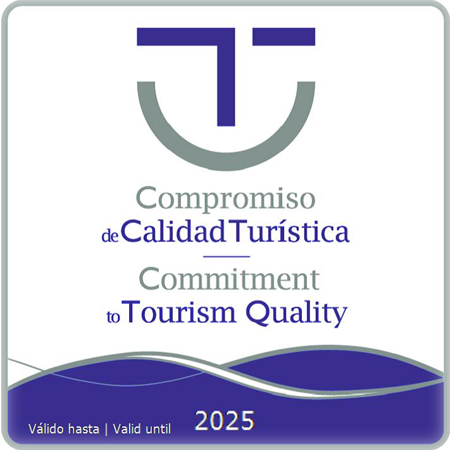 The Roman Forum Museum stands as the entrance to one of the largest urban archaeological parks in Spain. Throughout its various halls, where a careful selection of pieces is exhibited, you will be able to learn about the long history of Cerro del Molinete from today back to the old Carthago Nova. The visit concludes with a tour of important remains of the glorious Roman era that invite you to stroll through them: the Curia or local senate with its richly decorated marble pavement; the Colonial Forum, the city’s neuralgic centre, the distribution of which symbolised at various levels the hierarchy between the divine and the human; the Sanctuary of Isis where the mystery cults of the Egyptian gods were celebrated; the old roads with cart tracks; the port’s thermal baths and in particular its magnificent entrance portico with its original flooring; and to finish the Atrium Building, with its high walls and pictorial decorations that transport you to the great banquets of the Roman Empire.
The Roman Forum Museum stands as the entrance to one of the largest urban archaeological parks in Spain. Throughout its various halls, where a careful selection of pieces is exhibited, you will be able to learn about the long history of Cerro del Molinete from today back to the old Carthago Nova. The visit concludes with a tour of important remains of the glorious Roman era that invite you to stroll through them: the Curia or local senate with its richly decorated marble pavement; the Colonial Forum, the city’s neuralgic centre, the distribution of which symbolised at various levels the hierarchy between the divine and the human; the Sanctuary of Isis where the mystery cults of the Egyptian gods were celebrated; the old roads with cart tracks; the port’s thermal baths and in particular its magnificent entrance portico with its original flooring; and to finish the Atrium Building, with its high walls and pictorial decorations that transport you to the great banquets of the Roman Empire.
-
Molinete Roman Forum MuseumThe Atrium Building
-
Molinete Roman Forum MuseumThe Isis Shrine
-
Molinete Roman Forum MuseumCuria
High season (from July 1 to September 15)
From Monday to Sunday from 10:00 a.m. to 8:00 p.m.
Medium season (from March 15 to June 30 / from September 16 to November 1)
From Tuesday to Sunday from 10:00 a.m. to 7:00 p.m. (Holy Week from Monday to Sunday)
Low season (from November 2 to March 14)
From Tuesday to Sunday from 10:00 a.m. to 5:30 p.m.
The Roman Forum Molinete Museum is closed on days:
- January 1 and 6 and December 25.
- January 5 and December 24 and 31 only in the afternoon.
* Opening hours may be modified. Please check at destination.
** For special opening hours consult What's on.
*** The groups with previous reservation will have preference in the turn of entry.
Last access up to 30 minutes before closing.
General admission: €7
Reduced admission: €6
*Children under 12 years old, students up to 25 years old, Youth Card and Youth Card +, unemployed, pensioners, retirees, disabled, family (2 or more adults + 2 or more children under 12 years old ), large family card and groups of 20 or more.
Free entrance:
- Children under 3 years old.
- Official tourist guides.
- Members of the Cartagena Puerto de Culturas Club (except activities).
- Dolores bank holiday (local holiday).
* To benefit from the reduced or free rate, visitors must purchase their ticket at the box office with valid and current documentation.
**During temporary exhibitions or special activities, ticket prices may be modified.
ON-LINE PURCHASE
Approximate duration: 1 hour and 15 minutes
Timetable:
- High season
10:30, 11:30, 12:30, 17:00 and 18:30
- Mid-season
10:30, 11:30, 12:30 and 17:00
- Low season
10:30, 11:30, 12:30 and 15:45
* These timetables are subject to modification: please consult before planning visits.
Rules for Guided Tours (PDF - 422,33 KB - Fecha de revisión: 07/11/2024)
Free Online Booking
Virtual reality will allow you to walk through the real scenes of the old Carthago Nova. The Roman remains will come to life before your eyes, being able to see what the buildings were like and see what they were used for: how the Romans relaxed in the thermal baths, enjoyed a banquet or worshiped their gods.
Conoce la vida cotidiana de Lucrecia Prima en la antigua Carthago Nova, recorre los principales monumentos de la ciudad a través de nuestra ruta guiada.
Students will build a model as they dive headfirst into ancient Carthago Nova and learn about its most important buildings.
A perfect workshop to review the history of ancient Cartagena from the founding by the Carthaginians to the splendor of the Roman period. In collaboration with the CPR of Cartagena.
You'll become explorers ready to discover how the Romans enjoyed a day at the baths and a large banquet at night fall in Carthago Nova by following a series of clues and tests.
The youngest will have the opportunity with this workshop to explore, excavate and restore fragments of paintings to be discovered in the Molinete Roman Forum Museum with their own hands.
A new guided tour experience where virtual reality will make it easier for us to understand the Forum, Baths, Isis Sanctuary and Carthago Nova Atrium Building. Through tablets, students will be able to learn the keys to the site of the Barrio del Foro Romano and its museum.
Discover what Roman theatre was like using virtual reality and tablets on an immersive tour of the monument. Students, accompanied by a guide, will be led through the Museum and Theatre, where they will learn about the building's architecture.
Accessibility
Tourism for all is one of the main objectives of Cartagena Puerto de Culturas. We are working to ensure access for as many visitors as possible. At present, the Molinete Roman Forum Museum offers the following facilities for visitors with special needs:
- Ramps, stair lifts and lift are available.
- Adapted toilets.
- Audio-visual with sub-titles (in both Spanish and English) for people with hearing disabilities.
- Reduced rate for those with disabilities, presenting official proof at the box office.
- Guide dog access is allowed with the corresponding accreditation.
Audio guides
Enjoy your visit with the audio guides provided at the Molinete Roman Forum Museum: courtesy of new technology you can visit freely and comfortably at your own pace. The audio guide is available in 4 languages - Spanish, English, French and Russian - and costs 2.50 euros.
Virtual reality app
Walk through the neighbourhood of the Molinete Roman Forum Museum using a virtual reality app with 360-degree views of the buildings in which scenes of everyday life are included, such as a banquet in the building of the Atrium, a bath in the cold room of the baths or a ritual being performed at the shrine to Isis. This visit allows you to really immerse yourself in ancient Carthago Nova and is available on rented tablets in 7 languages: Spanish, English, French, German, Russian, Portuguese and Greek. Price 4 euros.
Historical context
After Qart Hadast was conquered by General Publius Cornelius Scipio in 209 BC, the city was renamed Carthago Nova. At first it was a “civitas stipendiaria”, meaning that it was subject to the payment of taxes to the Roman State, but its natural wealth – esparto grass, fishing, silver and lead mines - and its strategic location in the western Mediterranean soon led to it becoming one of the most important trading posts of the Roman Empire.
The granting of colonial status (Cologne Urbs Iulia Nova Carthago) in the year 54 BC marked the beginning of an intense process of urban development which culminated in the reign of Augustus (63 BC to 14 AD). This was when the new elites, made rich by trade and mining, brought about important developments within the city, with a new urban street network in which the streets formed blocks, or “insulae”. In this period some of the most important buildings of the 1st century appeared, the ultimate goal of the transformation being to design a city in the image and likeness of the capital of the empire.
At the end of the second century AD there was a demographic and economic decline in the city which affected all private and public buildings, modifying and reducing the urban area to the area around the port. It was here that a new urban renewal took place from the 4th century AD.
Molinete Roman Forum Museum
The museum allows you to delve into the history of the Cerro del Molinete from the 19th and 20th centuries back to the old Carthago Nova. Over its three floors a selection of the most significant pieces found in the excavations around the Forum is exhibited, among which the paintings of Apollo and the Muses, the horn of plenty or the painting of a hunter are of particular interest.
As early as the 2nd century BC the Cerro del Molinete (Arx Hasdrubalis) was organised into terraces with public and private buildings. At its top stood the walls that defended the city and a temple. With urban renewal in the 1st century BC, several rectangular blocks were laid out at the foot of the hill. What we now call the Roman Forum Quarter was built on these blocks which consisted of: a thermal complex with a wide arcaded square, the Atrium Building for holding religious banquets, the Sanctuary of Isis and the neuralgic centre, the Colonial Forum with the most important religious, political and administrative buildings among which the Curia or local senate was of particular note. The blocks of Molinete were delimited by decumanus (a term used for east to west orientated streets) and by cardines (north-south streets).
Colonial Forum and the Curia
The Colonial Forum stood at the foot of the acropolis located on the Cerro del Molinete, a short distance from the port. Its most monumental buildings would be from the 1st century AD, within a domestic and artisan neighbourhood of the 2nd and 1st centuries BC. whose buildings were abandoned or destroyed. The square and its buildings were the scene of the Imperial cult ceremonies and processions on the occasion of state holidays, the centre of the city’s political and administrative life and a privileged space for tributes to the Imperial House, patrons and local notables.
It was organised in a large rectangular square over three terraces. On the upper terrace a temple dedicated to Augustus was built; it dominated the whole complex, emphasising the power of the sacred over the political, judicial and administrative sphere. The middle terrace was flanked by the Curia and communicated with the upper one through side stairs. At its head was a large altar or podium perhaps for tributes to the colony. The lower terrace, the largest, must have been flanked by buildings such as the basilica, corporate headquarters, local administration buildings and chapels.
The ‘curia ordinis’ was the meeting place of the local senate. Its characteristics, function and location make this building one of the most emblematic in the forum and in the city, reaching the rank of a temple due to its ritual inauguration combining sacred and political aspects. It consisted of two spaces: a patio, probably like an open-air lobby, and a hall richly decorated with marble where senate meetings were held. It was built late in the reign of Tiberius (1st century AD) on a previous curia from the 1st century BC.
The richest and most prestigious families of the colony were represented in the senate, who financed works and other expenses in the city and had some rights such as having reserved places at events and celebrations. The functions of the Senate were, among others, decurional decrees, contests and adjudications or appointment of positions. The meetings were presided over by a monumental statue of the Emperor Augustus, dressed in a senatorial toga as the first citizen of Rome and with his head covered by his status as Pontiff Maximus.
The Temple of Isis
Archaeological excavations carried out in the area of the Molinete in 2015 and 2016 resulted in the recovery of another block of Roman Cartagena. This block was occupied by a sanctuary dedicated to the Hellenistic and Roman gods Isis and Serapis, according to inscriptions dedicated to these deities which were found in the area some years ago. The sanctuary, perhaps associated with the Atrium building, was in uninterrupted use from the last third of the 1st century until the end of the 3rd century, when it ceased to be sacred and was reused in an industrial capacity.
Isolated from the surroundings and the people outside the cult by an imposing wall, the sanctuary was dominated by a small temple housing a sculpture of the deity, accessed by a staircase and with a façade featuring four Ionic columns. Around the temple was an open courtyard with porticoes on three of its sides, to the rear were three chapels opening out onto the portico related to ceremonies in honour of the divinity and there were also spaces reserved for the priests and the furnishings of the sanctuary.
In the basement of the courtyard, in front of the temple, there were four vaulted cisterns (see video) to collect rainwater used in the purification rituals performed in the complex, such as the washing of the sculptures.
Between the temple and the chapels there was another oval cistern for storing rainwater. This deposit and other walls were built in the Punic era towards the end of the 3rd century BC, and were discarded when the temple was built in the last third of the 1st century AD.
The Thermal baths of the port
This is a thermal bath complex accessed via a substantial porticoed courtyard, or peristyle, with a central open-air space paved with bricks arranged in a herringbone fashion, (a technique called opus spicatum). This space served not only as an entrance, but also as a meeting and mixing place for the local elites; it was presided over by a statue of a figure carrying a cornucopia of Carrara marble topped with a basket of fruit, in clear allusion to the “pax romana” achieved by Augustus after the end of the civil wars. This horn of plenty is the only element of the sculpture which has been found. A painting representing a hunter was also discovered in the same place.
The thermal baths of the port were built in the 1st century AD along a simple linear axis. They feature the typical sequence of cold rooms (frigidaria), which also served as dressing rooms, warm rooms (tepidaria), where the hypocaust or heating system can still be seen, and hot rooms (caldaria) located below the present street. Finally, the complex contains another small warm room and a sauna room. In ancient times the thermal baths were large complexes in which leisure mixed with hygiene, and were used to strengthen social, economic and political bonds.
Decumanus
A stretch of the Decumanus Maximus was found in 1968 following the demolition of the Guardia Civil barracks, along with the ovens that heated the tepidarium and caldarium in the thermal baths and the remains of a commercial area consisting of a portico with shops. They were built in the times of the Roman Republic and remodelled in the 4th century AD, re-using some of the original materials: the clearest example of this is an inscription dedicated to Numisius Laetus, a powerful family in Carthago Nova, which would initially have been in the Forum of the colony and was relocated to this area to form part of the wall of the thermal baths.
The Atrium Building
The Atrium Building was built in the first century AD and may have been the seat of a religious group devoted to the celebration of ritual banquets in honour of the gods Isis and Serapis, who were worshipped in the adjoining sanctuary. Over the course of three centuries several alterations led to the original layout being modified, and in its final stage it was converted into a housing complex in which each of the rooms was home to a family. The building was in use until the late 3rd third or early 4th century, when a fire destroyed the entire block.
Occupying an area of more than 2,000 m2, the Atrium was organized around a courtyard of columns from which stairs led up to the second floor. Open to the central courtyard were four large rooms in which there are still vestiges of the decorations and where banquets were held, with the diners reclining on couches. The building also contained a hall used for worship, where the mural paintings which mimic the effect of marble still remain, and an altar which stood against the wall of the hall for worship. Service rooms stood on either side of the entrance corridor while there were shops in the exterior façade.
The most significant findings in the Atrium Building are the paintings of muses and the god Apollo, a painted text commemorating the reform of the building during the time of the Emperor Elagabalus in the year 218 and the paintings of female masks framed by garlands.
Exploitation of the site
The first excavations of the Decumanus were carried out by Pedro San Martín Moro, who in 1971 unearthed the first items of value found in the Plaza de los Tres Reyes. Subsequently, in 1997, the Town Hall of Cartagena installed a glass dome over the ruins to preserve them better, and in 2003 Cartagena Puerto de Culturas proposed that the site should be covered and the remains presented in an accessible format for the public.
Work began on the hillside of the Molinete in 1982 with a team of archaeologists led by Miguel Martínez, who continued the excavation of the baths and provided new data leading to a better understanding of the remains of the Decumanus. Since 2008 excavations have continued throughout the side of the hill under the direction of José Miguel Noguera and María José Madrid.
All of these excavations have been managed by Cartagena Puerto de Culturas in an ambitious project which was awarded the National Prize for the Restoration and Conservation of Cultural Assets by the Ministry of Culture in the year 2012. The architectural design of the project was undertaken by Nicolás Maruri and Andrés Cánovas.
The tour of the site:
- The Molinete Roman Forum Museum. Exhibition of more than 300 pieces distributed over three floors: From Cartagena to Carthago Nova, Carthago Spartaria and Carthago Nova to Qart Hadast.
- The Colonial Forum and the Curia. Neuralgic centre that housed the main buildings of every Roman city, among which the Curia or local senate were of particular note.
- Sanctuary of Isis and Serapis. The holy enclosure dedicated to the oriental gods whose images were guarded by the priests in the small temple which occupies the area.
- The Thermal baths. Views of the characteristic different spaces of a thermal complex, with cold, warm and hot rooms. The porticoed courtyard which served as access to the thermal baths and in which the herringbone-style paving is still in very good condition.
- Decumanus. This area contains more of the facilities of the thermal baths with an oven and ancillary spaces, and it is also possible to walk along the Decumanus Maximus, the main road which crossed Carthago Nova from east to west.
- The Atrium Building. A chance to visit the various banqueting rooms, admiring the height of the walls and its ornate decoration.
Bibliography
- Martínez Andreu, M., (1997). “Las termas romanas de la calle Honda”, in Excavaciones arqueológicas en Cartagena, 1982-1988 (MemAMurcia), pp. 11-14.
- VV.AA. (2003). Arx Asdrubalis. Arqueología e Historia del Cerro del Molinete (Cartagena), Murcia.
- VV.AA. (2009). Arx Hasdrubalis. La ciudad reencontrada. Arqueología en el cerro del Molinete, Cartagena. Catálogo exposición.
- VV.AA. (2012). Cartagena Puerto de Culturas. Convirtiendo el pasado en futuro.
- VV.AA. (2016). Barrio del Foro Romano/Roman Forum District / Molinete/Cartagena. Proyecto integral de recuperación y conservación / Recovery and Conservation. [Premio Nacional de Restauración y Conservación de Bienes Culturales 2012] [National Prize of Restoration and Conservation of Cultural Heritage 2012].
- VV.AA. (2016). Cuaderno didáctico Barrio del Foro Romano, Molinete, Cartagena.
Contact
10 Gisbert St. 30202 Cartagena (Spain)Phone +34 968 500 093
Fax +34 968 529 298
Emails:
Social networks
The internet portals of the Hon. Cartagena City Council only uses its own cookies for technical purposes; they do not collect or transfer personal data from users without their knowledge. However, they contain links to third-party websites with privacy policies unrelated to those of said city hall portals, which you can decide whether to accept or not when you access them.

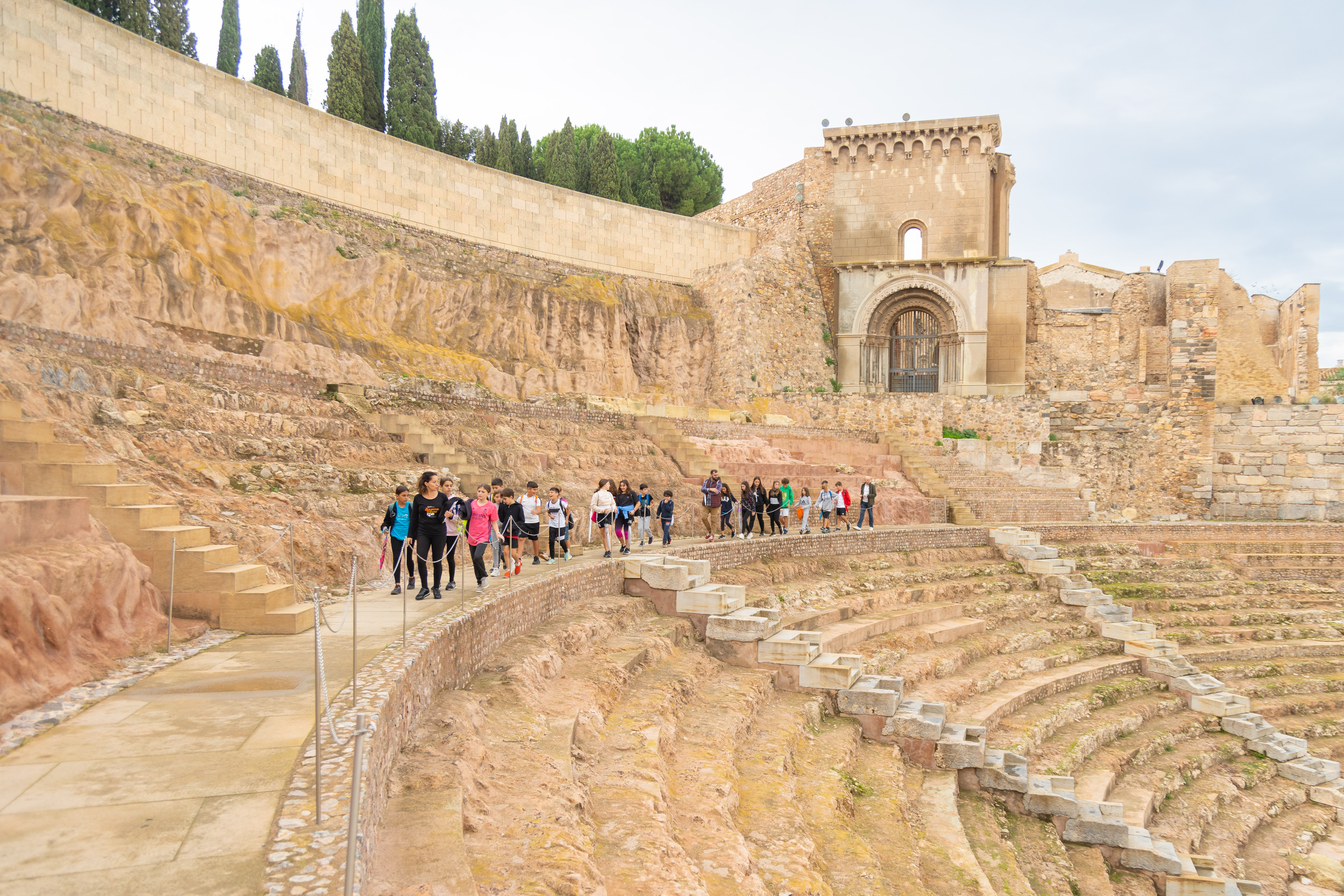
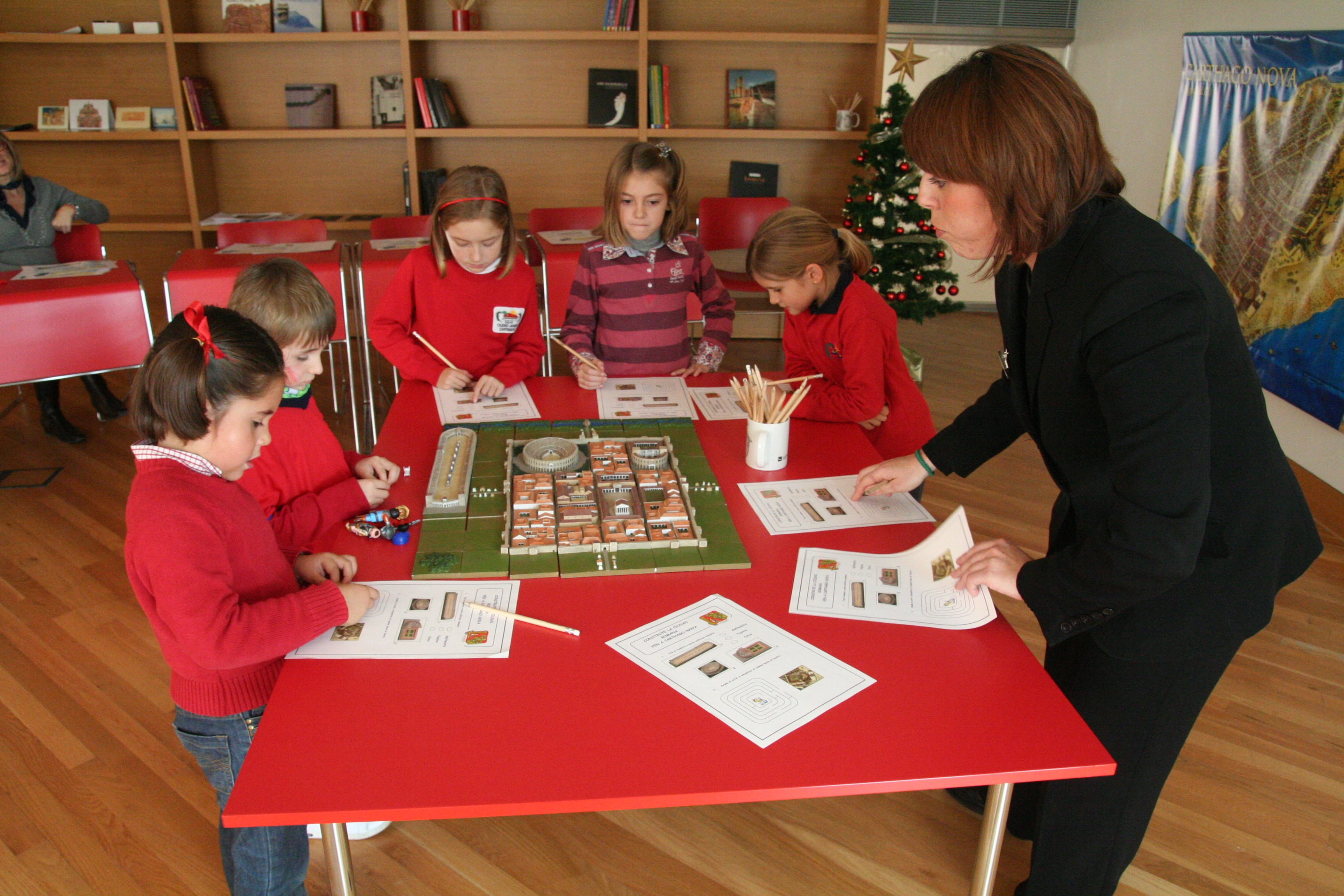
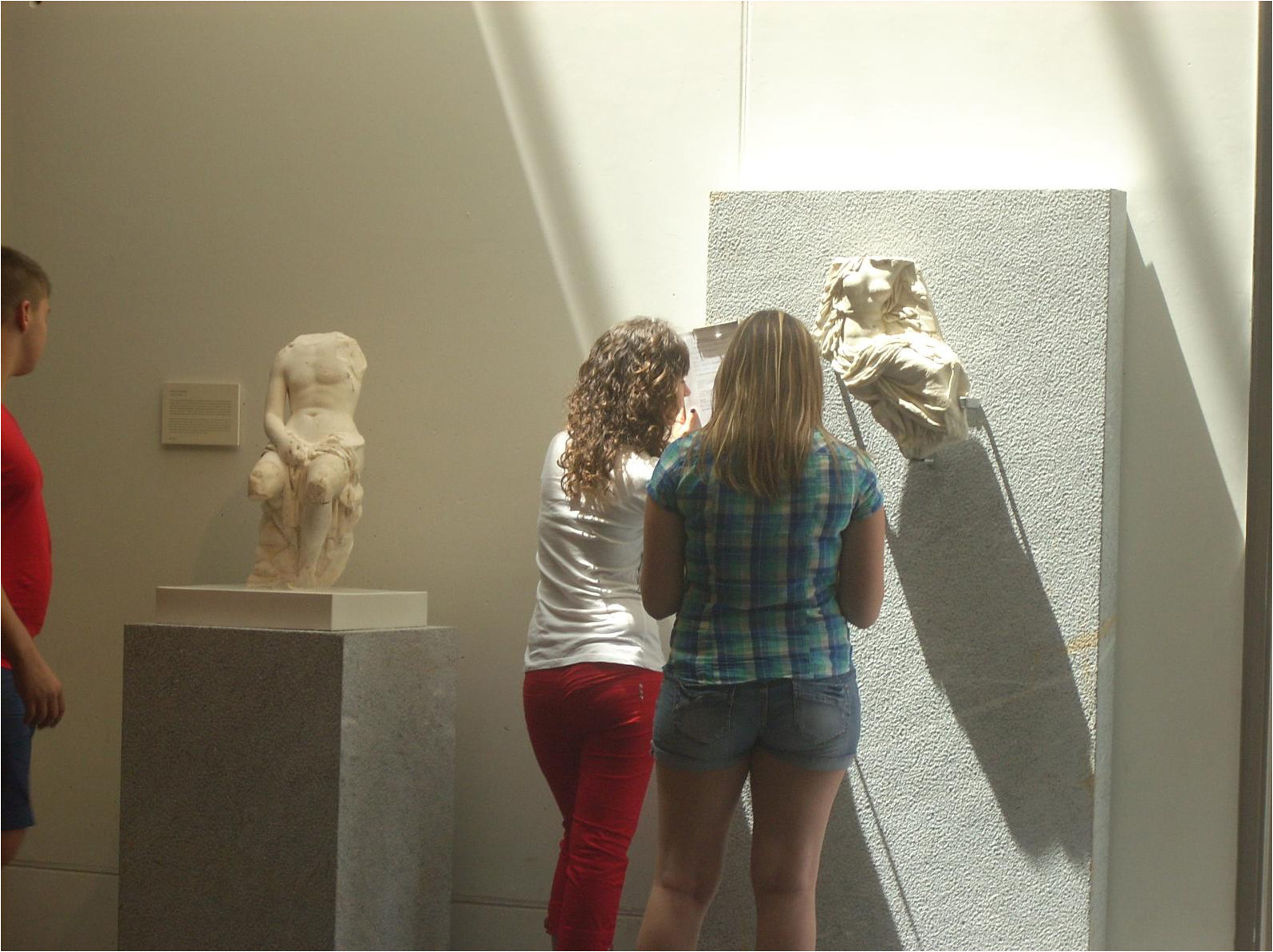

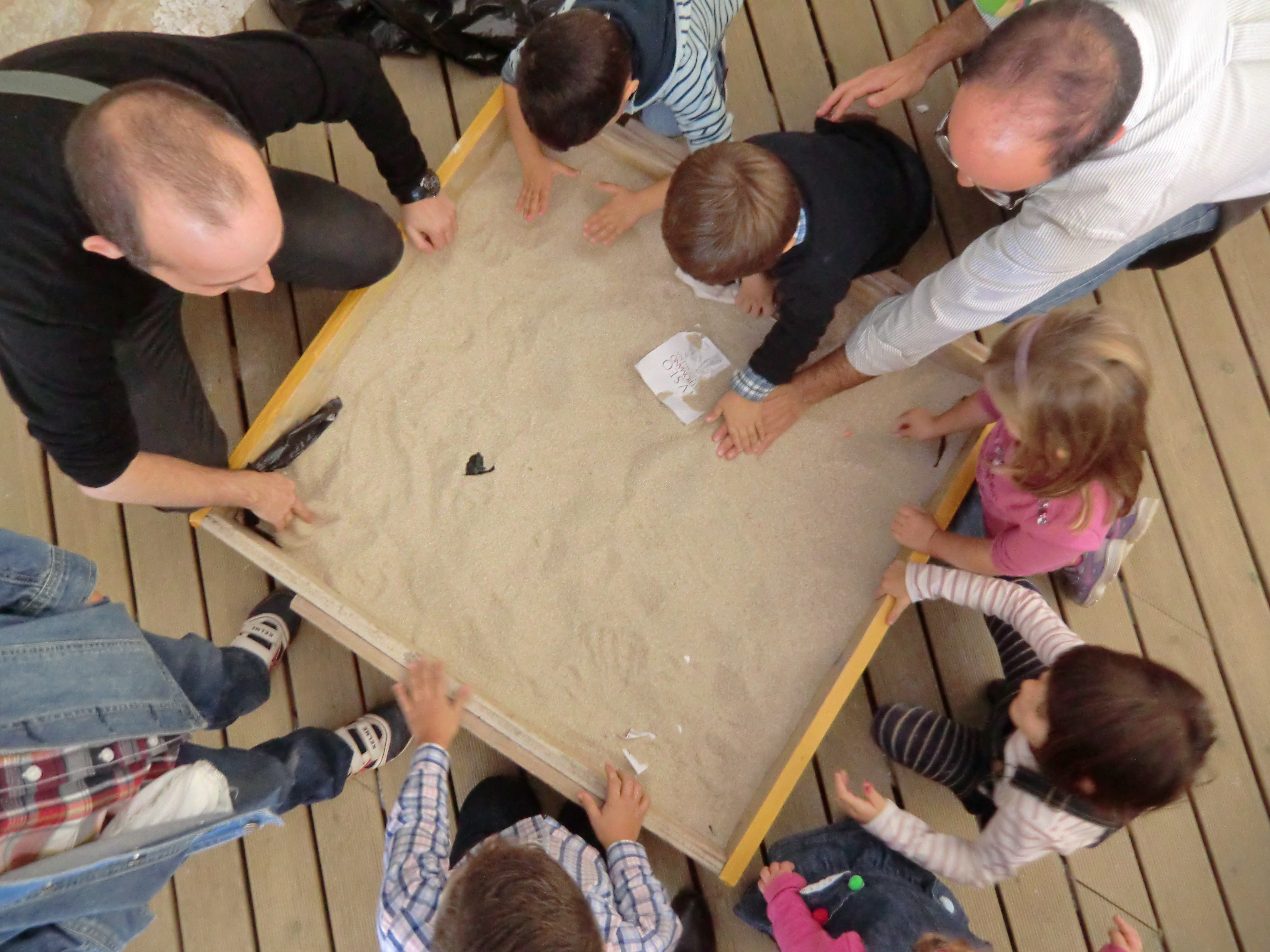
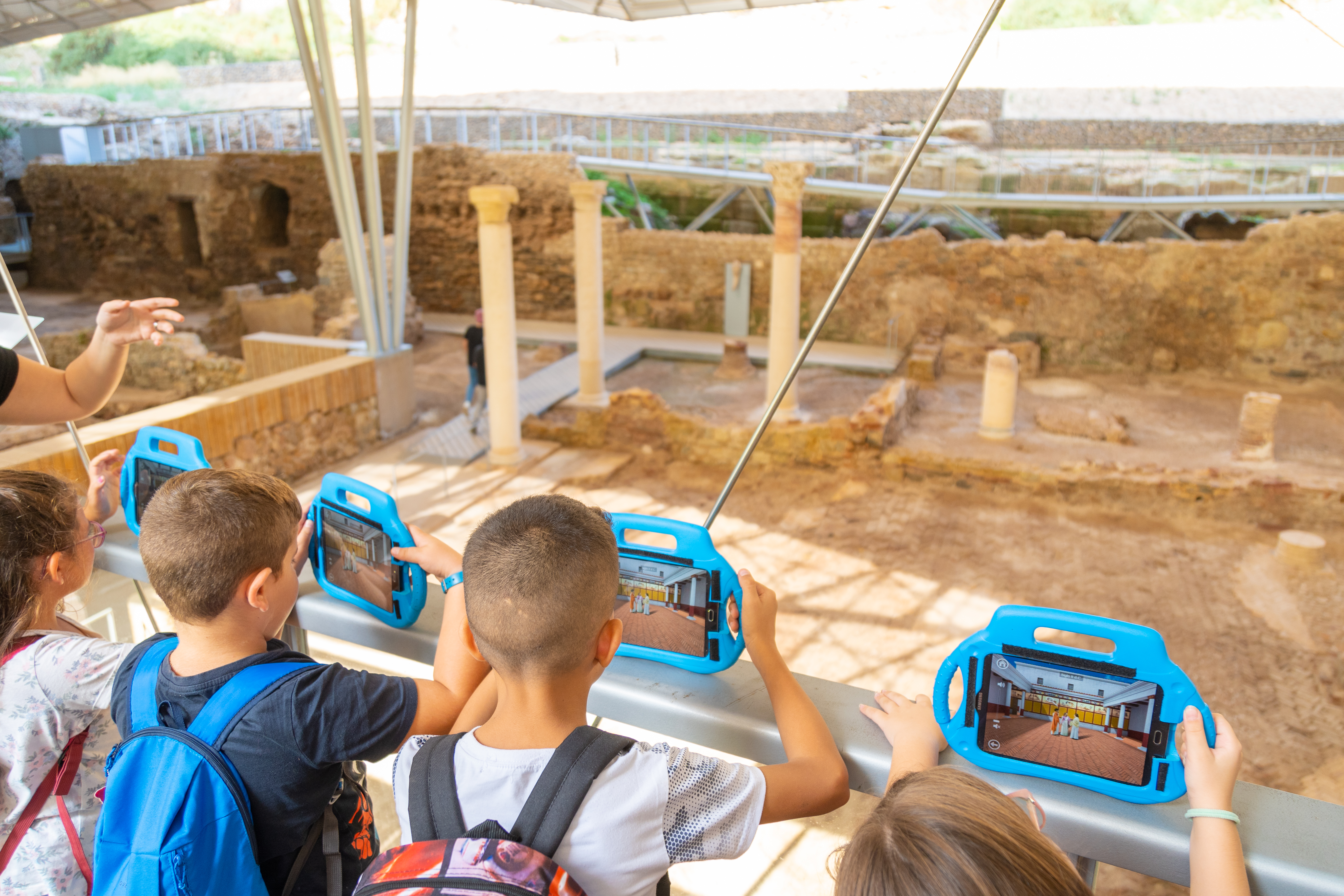
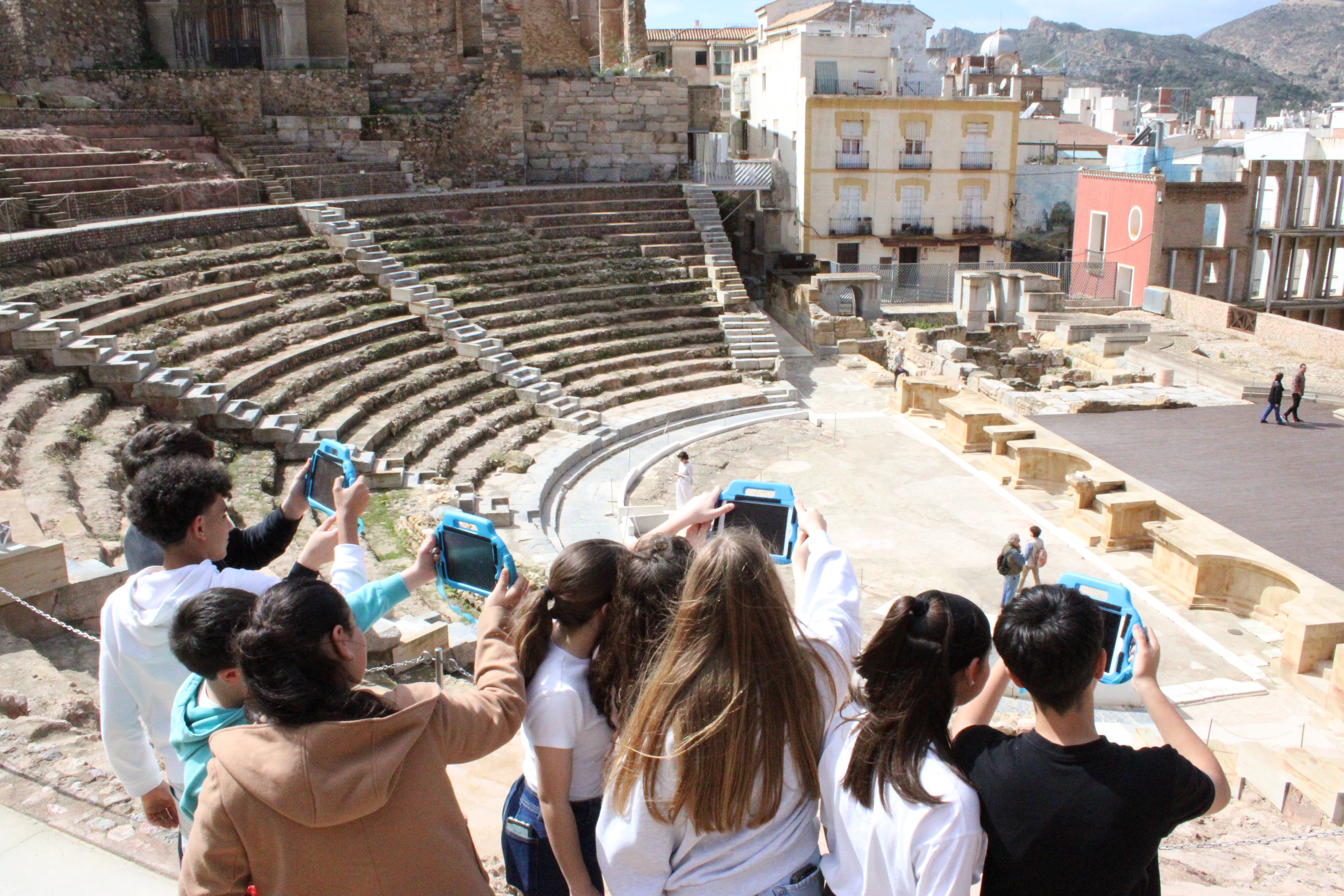
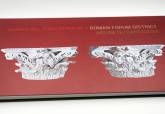
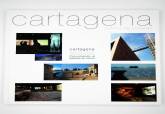
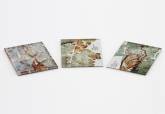
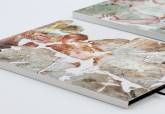

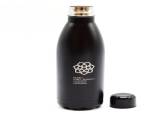
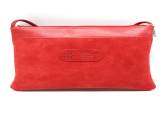
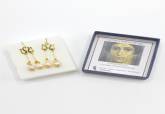
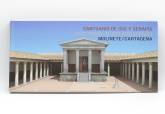
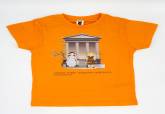

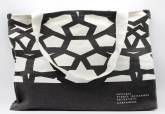


 Tripadvisor
Tripadvisor


